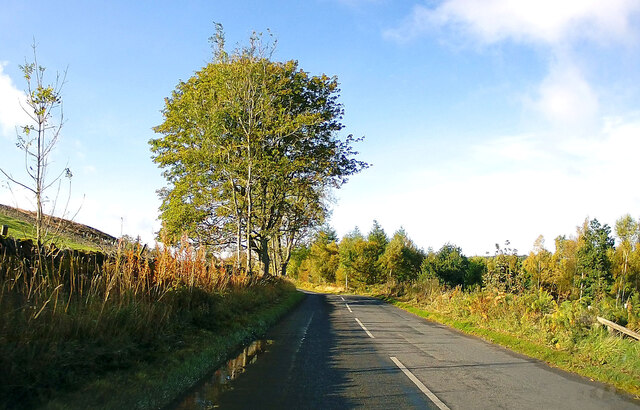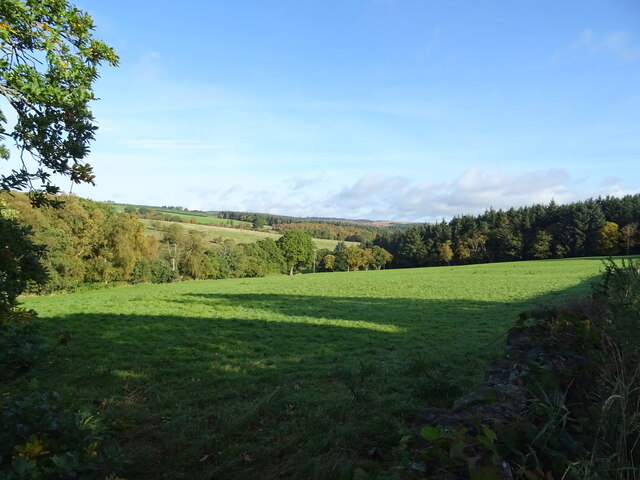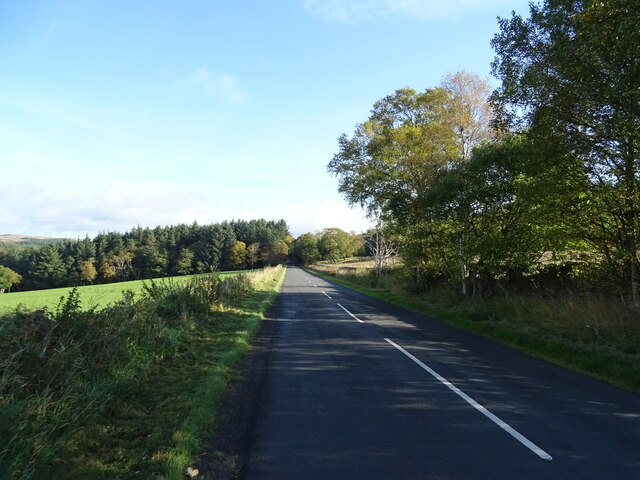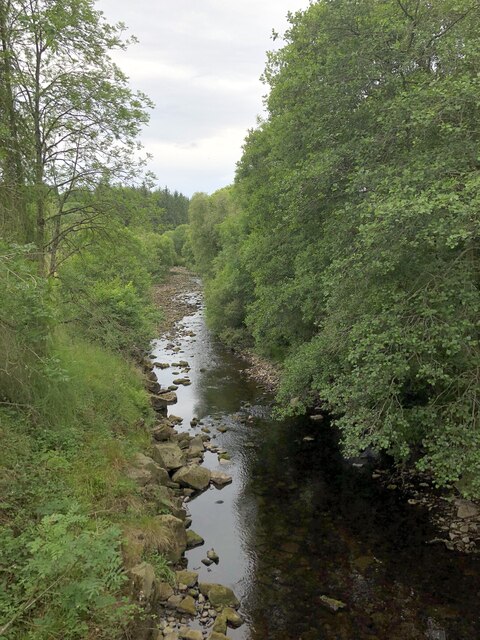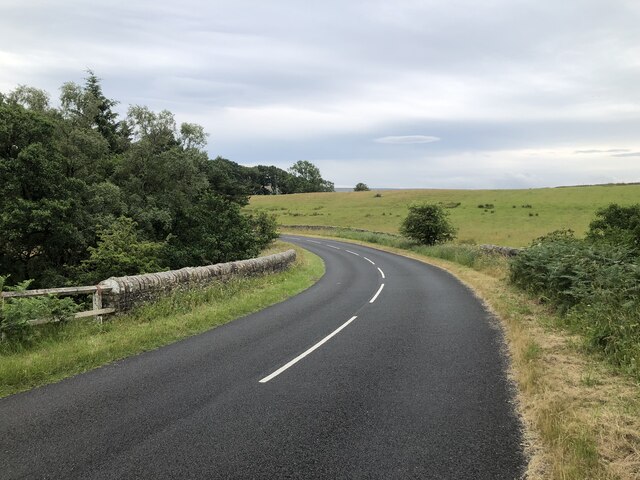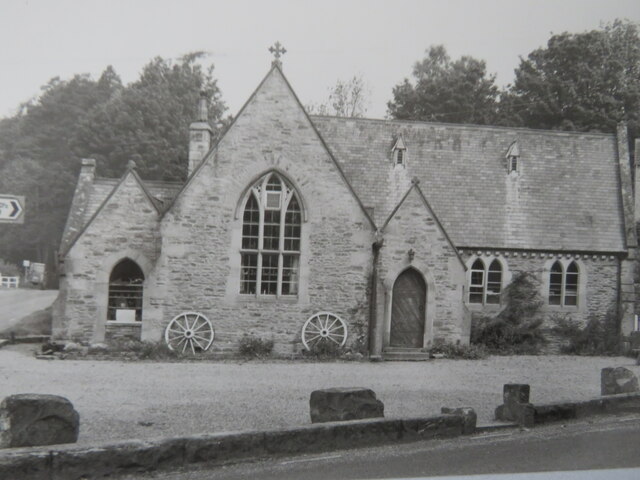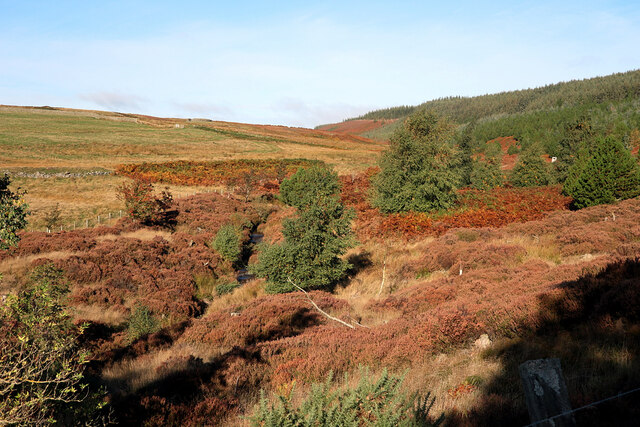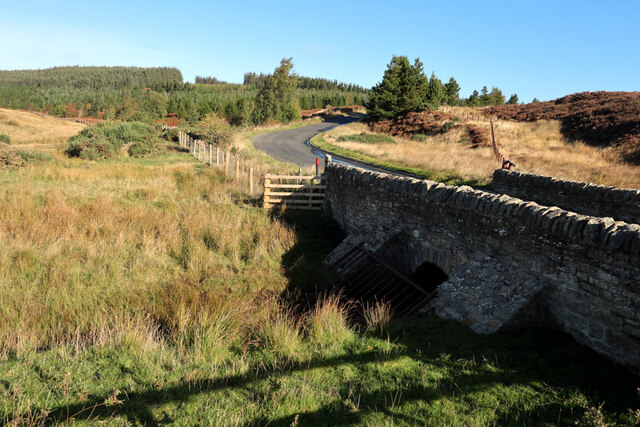Hotburn Hill
Hill, Mountain in Northumberland
England
Hotburn Hill
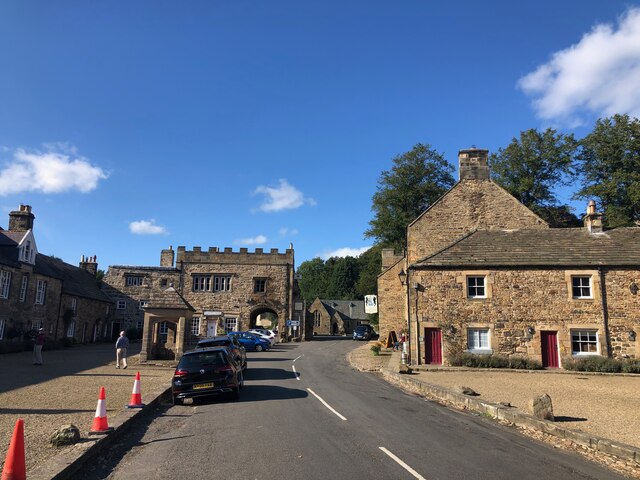
Hotburn Hill is a prominent hill located in the county of Northumberland, England. Standing at an elevation of approximately 509 meters (1,669 feet), it is recognized as one of the highest peaks in the region. The hill is part of the Cheviot Hills, a range known for its natural beauty and rugged landscapes.
Situated within the Northumberland National Park, Hotburn Hill offers breathtaking panoramic views of the surrounding countryside. On a clear day, visitors can admire the vast moorlands, rolling hills, and distant mountains that stretch as far as the eye can see. The summit of the hill provides an ideal vantage point for nature enthusiasts, photographers, and hikers seeking an exhilarating outdoor adventure.
The terrain of Hotburn Hill is characterized by undulating slopes covered in heather, grasses, and scattered rocky outcrops. The hill is home to various species of wildlife, including birds of prey, such as kestrels and buzzards, as well as mountain hares and red grouse. The area also boasts a rich botanical diversity, with wildflowers and rare plant species thriving in the heathland.
Access to Hotburn Hill is facilitated by well-marked footpaths and trails that cater to walkers of all abilities. The hill is a popular destination for outdoor activities, including hillwalking, birdwatching, and nature photography. Its remote location and unspoiled surroundings ensure a tranquil and immersive experience for those seeking solace in nature.
Overall, Hotburn Hill stands as a majestic landmark within Northumberland, offering visitors a chance to connect with the wild beauty of the Cheviot Hills and experience the untamed allure of the British countryside.
If you have any feedback on the listing, please let us know in the comments section below.
Hotburn Hill Images
Images are sourced within 2km of 54.86151/-2.0409095 or Grid Reference NY9751. Thanks to Geograph Open Source API. All images are credited.



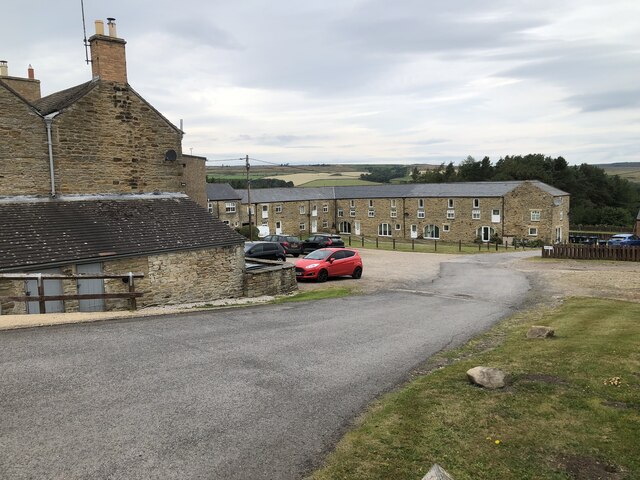

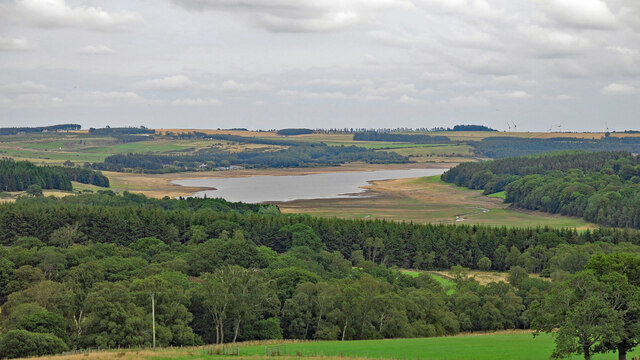
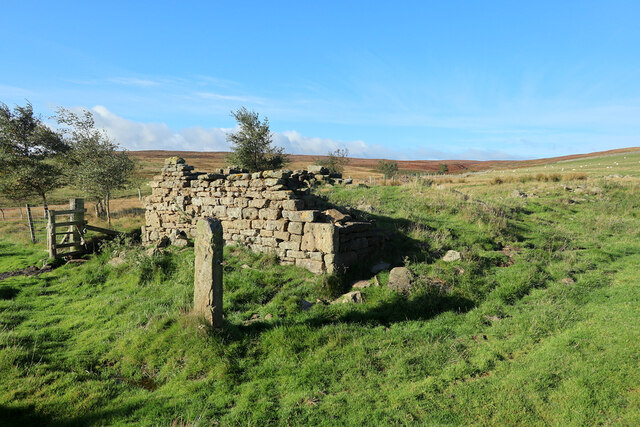
Hotburn Hill is located at Grid Ref: NY9751 (Lat: 54.86151, Lng: -2.0409095)
Unitary Authority: Northumberland
Police Authority: Northumbria
What 3 Words
///meaty.issued.texts. Near Slaley, Northumberland
Nearby Locations
Related Wikis
Blanchland Abbey
Blanchland Abbey at Blanchland, in the English county of Northumberland, was founded as a premonstratensian priory in 1165 by Walter de Bolbec II, and...
Blanchland
Blanchland is a village in Northumberland, England, on the County Durham boundary. The population of the civil parish at the 2011 census was 135. Set beside...
Baybridge, Northumberland
Baybridge is a small village in Northumberland, England, just to the west of Blanchland and on the border with County Durham. It is situated to the west...
Pow Hill Bog
Pow Hill Bog is a Site of Special Scientific Interest in the Wear Valley district of County Durham, England. It lies alongside Derwent Reservoir, approximately...
Nearby Amenities
Located within 500m of 54.86151,-2.0409095Have you been to Hotburn Hill?
Leave your review of Hotburn Hill below (or comments, questions and feedback).

